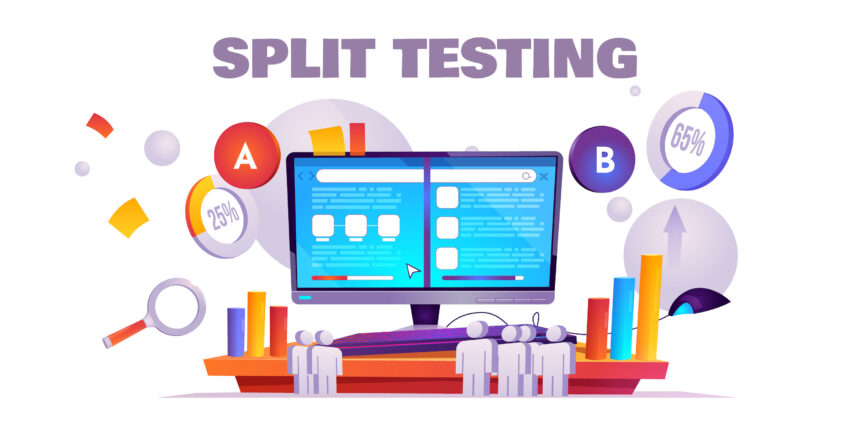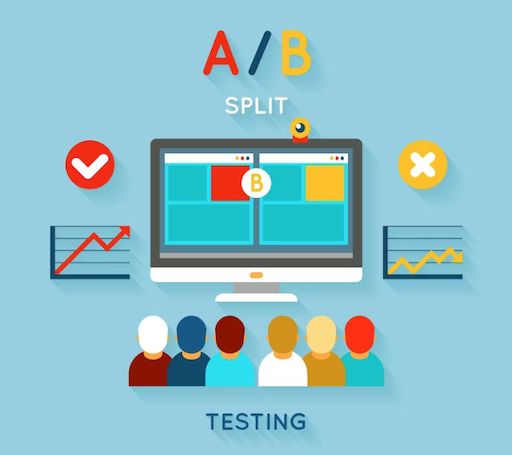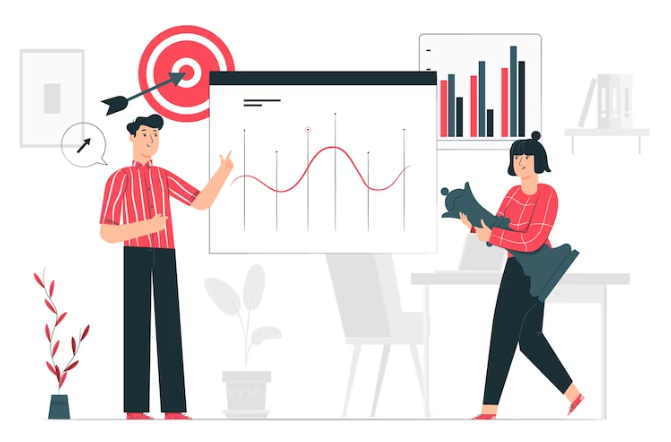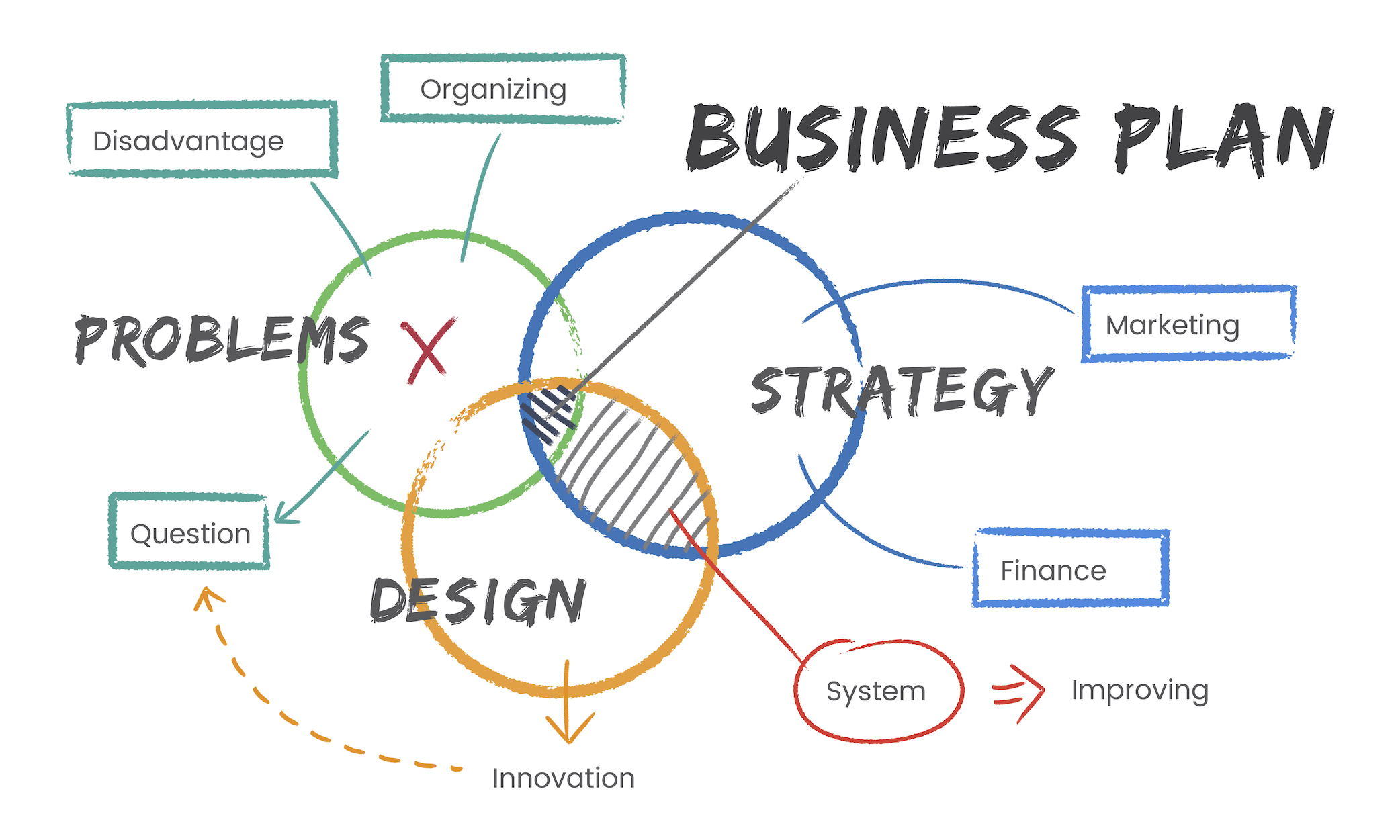What is A/B Testing?
A/B testing is a powerful tool for businesses to optimize their marketing and product strategies. It's a method of comparing two versions of a product or marketing campaign to determine which one performs better. The goal of A/B testing is to make informed decisions based on data, instead of making decisions based on intuition or assumptions.
Note: If you prefer to watch rather than read, we've also created a video version of this guide on our YouTube channel. In this video, we have explored the benefits of A/B Testing, best practices for creating effective content, and how to measure the success of your efforts. Checkout the video here!
How to Perform A/B Testing?
Create Two Versions
To perform an A/B test, a business will create two versions of a product or marketing campaign, version A and version B. These two versions are then randomly assigned to a group of users, and the results are measured to determine which version performed better. For example, a business may create two different versions of a website, with version A having a red call-to-action button and version B having a green call-to-action button. The business would then measure which version led to more conversions, such as purchases or sign-ups.
Ensure Large Sample Size
One important aspect of A/B testing is ensuring that the sample size of users is large enough to produce statistically significant results. If the sample size is too small, the results may not accurately reflect the performance of the two versions. The larger the sample size, the more confident the business can be in the results of the A/B test.
Have a Clear and Specific Goal
It's also important to have a clear and specific goal for the A/B test. This could be increasing the number of sign-ups, reducing the bounce rate on a website, or increasing the average order value. Having a clear goal will help the business determine what metrics to measure and how to interpret the results of the A/B test.
Test Results
A/B testing is a valuable tool for businesses because it allows them to make informed decisions based on data, rather than assumptions. By testing two versions of a product or marketing campaign, businesses can determine which version is more effective and make changes to improve their overall performance.
Benefits of A/B Testing
A/B testing has several benefits for businesses, including:
Increased Conversions
A/B testing can help you identify which variations of your website, ads, or emails lead to higher conversions. By optimizing these elements, you can increase the number of visitors who convert into customers, resulting in increased revenue.
Improved User Experience
By testing different variations of your website or app, you can identify the design, layout, and copy that resonates best with your audience. This can improve the overall user experience and lead to higher engagement and loyalty.
Data-driven Decisions
A/B testing provides objective, data-driven insights into what works and what doesn't. By testing different variations, you can make informed decisions based on actual user behavior, rather than assumptions or guesses.
Reduced Risk
By testing changes before implementing them across your entire website or marketing campaigns, you can reduce the risk of negative consequences. This allows you to test new ideas and strategies without risking your entire business.
Increased ROI
By optimizing your website, ads, or emails through A/B testing, you can increase your return on investment (ROI) by attracting more customers and generating more revenue from your existing traffic.
Overall, A/B testing can help businesses improve their online presence, increase revenue, and make data-driven decisions that improve their bottom line.
Limitations of A/B Testing
Frequency Constraint
One potential limitation of A/B testing is that it only compares two versions of a product or marketing campaign. While this can be useful for making small changes and optimizations, it may not provide a comprehensive understanding of the market or customers. In some cases, businesses may need to conduct multiple A/B tests or use other methods, such as surveys or focus groups, to gain a deeper understanding of their customers and the market.
Time Constraint
Another potential limitation of A/B testing is that it can only measure the performance of a product or marketing campaign in a specific time frame. While this can provide valuable insights, it's important for businesses to keep in mind that customer preferences and the market can change over time. A/B testing should be used as part of a larger data-driven strategy, rather than being relied upon as the sole source of information.
A/B Testing Strategies
There are various strategies you can use to succeed in A/B testing. Here are some A/B testing strategies:
Testing Headlines
Test different headlines for your web pages, emails, or ads to see which ones attract more clicks or conversions.
Testing Visuals
Test different images or videos to see which ones grab the attention of your audience and lead to higher engagement or conversions.
Testing Calls-To-Action (CTAs)
Test different CTAs to see which ones lead to more clicks or conversions. For example, you could test different button colors, sizes, or text.
Testing Page Layout
Test different page layouts to see which ones result in higher engagement or conversions. For example, you could test different navigation menus, placement of images or text, or the number of form fields.
Testing Pricing
Test different pricing models, such as monthly versus annual billing, or different price points to see which ones result in higher conversions.
Testing Copy
Test different copywriting styles, such as short versus long-form content, or different messaging to see which resonates best with your audience.
Testing Product Features
Test different product features to see which ones drive more conversions. For example, you could test different product descriptions, product images, or features.
Remember to test one variable at a time and use statistical significance to ensure accurate results. Also, make sure to monitor and analyze your results to make data-driven decisions and improve your website continuously.
Conclusion
In conclusion, A/B testing is a valuable tool for businesses looking to optimize their marketing and product strategies. By comparing two versions of a product or marketing campaign, businesses can make informed decisions based on data, rather than assumptions. However, it's important for businesses to keep in mind the limitations of A/B testing, such as the need for a large sample size and the need to consider multiple sources of information. By using A/B testing as part of a larger data-driven strategy, businesses can make informed decisions and improve their overall performance.
The Science Behind A/B Testing
Category: Digital Marketing
















1 thought on “The Science Behind A/B Testing”